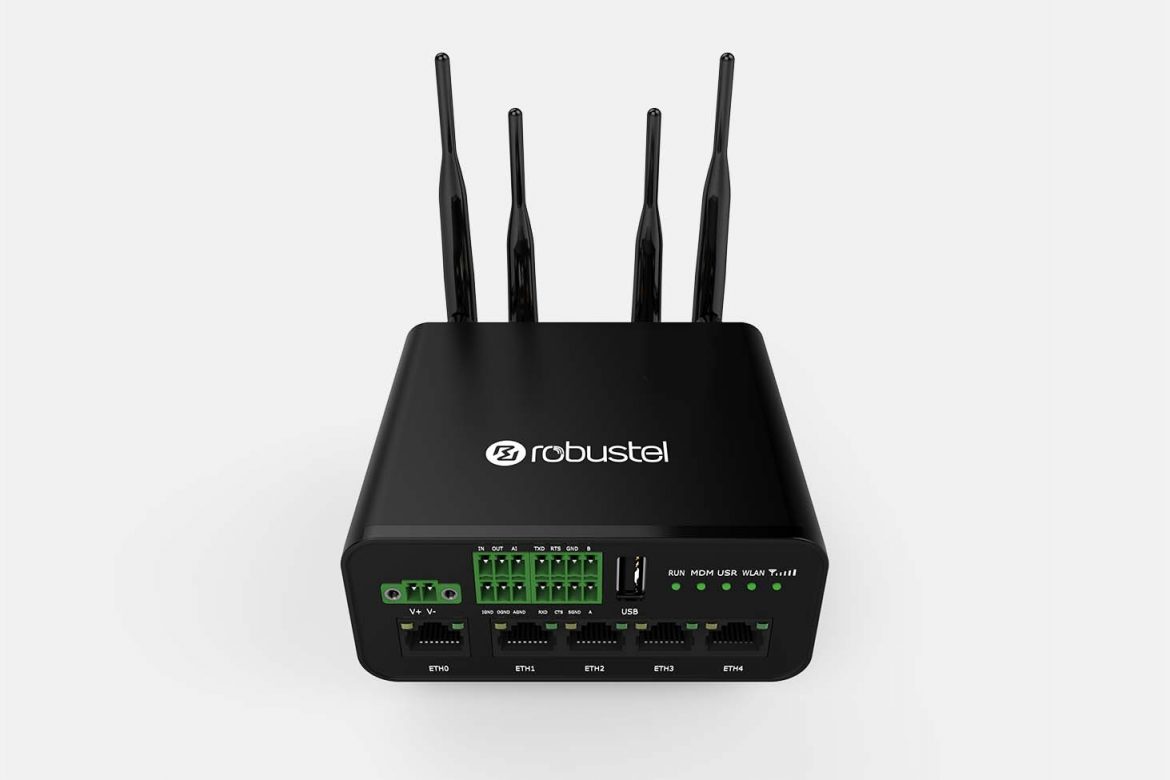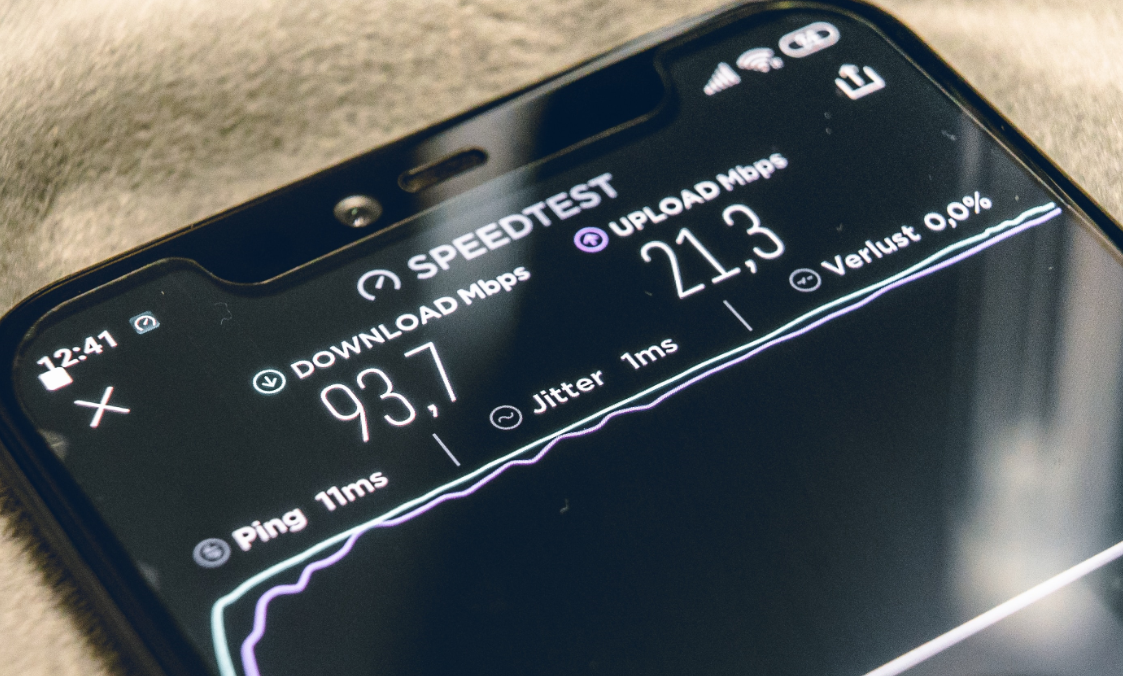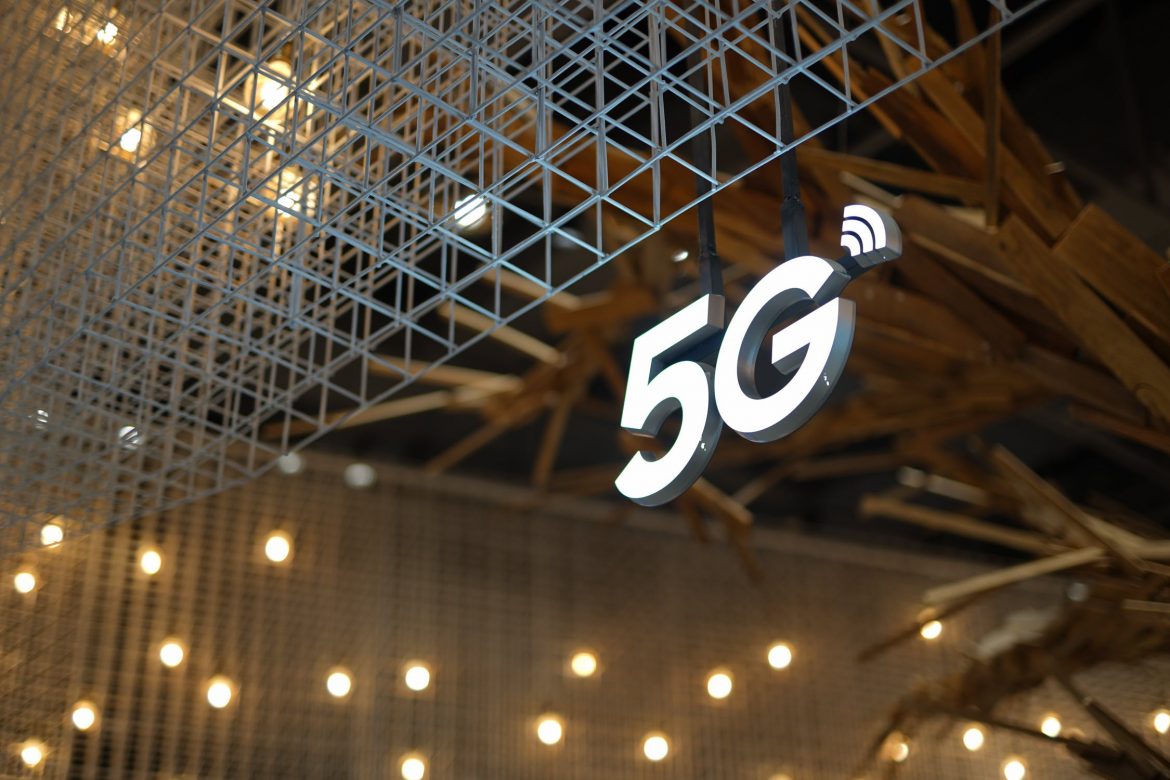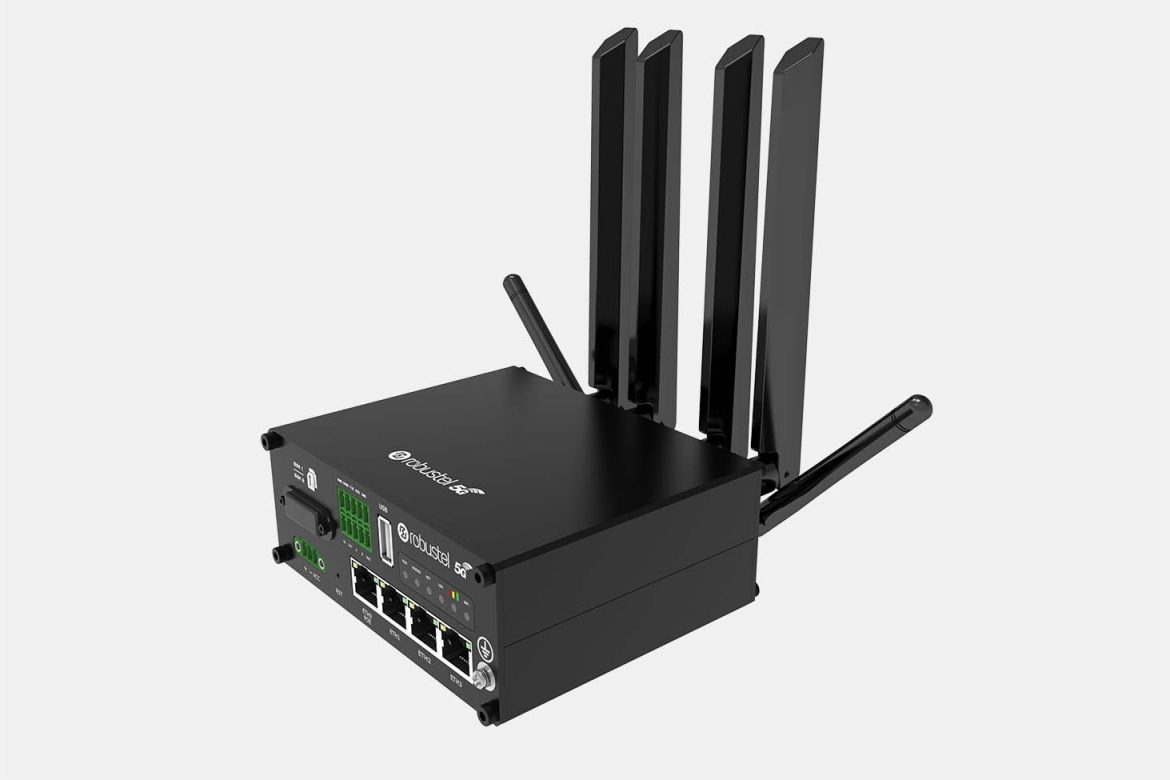In this blog we are going to look at the difference between 4G LTE and 5G-NR, specifically in terms of PCI.
What is PCI when it comes to 4G / 5G?
PCI is the Physical Cell ID and is one of the most important ways a cell identifies itself in a 4G or 5G wireless network.
The physical layer (or PHY-layer) Cell ID is what determines the Cell ID Group and Cell ID Sector, and it is this that is needed for DL synchronisation.
DL (Downlink) Synchronisation is the process in which a UE (phone) detects the radio boundary and OFDM symbol boundary. In other words, the exact timing of when a radio frame or OFDM starts. (In telecommunications, orthogonal frequency-division multiplexing (OFDM) is a type of digital transmission and a method of encoding digital data on multiple carrier frequencies.)
This DL synchronisation process is done by detecting and analysing the SS Block. From a UE’s (phone’s) point of view, Downlink is the ‘receiving’ transmitting direction. The SS Block (SSB) stands for Synchronisation Signal Block and refers to the synchronisation signal and Physical Broadcast Channel (PBCH) as a single block that always moves together.
Why is PCI Planning important?
If you are planning, designing and deploying a 4G / 5G network, then PCI Planning will be one of your most important steps.
Making sure your network is properly designed with PCI in mind will ensure your network works efficiently and increases how your resources are utilised.
Excellent PCI planning ensures QoS for those who are subscribed to your 4G / 5G network.
QoS (Quality of Service) is the use of technologies to control traffic on your network, ensuring that the performance of critical applications meets requirements.
The key goal here is to use QoS and PCI Planning to enable your network to prioritise traffic, offering dedicated bandwidth and lower latency.
PCI is one of the technologies used to enhance performance of business applications, WANs and service provider networks.
Poor planning in this area can result in PCI collisions and conflicts – Which in turn, negatively impact the overall performance of your network.
How is the PCI value created?
The PCI value is created from two components – PSS (Primary Synchronisation Signal) and SSS (Secondary Synchronisation Signal).
The PSS is used to obtain the slot, ub-frame and half-frame boundary as well as providing the cell identity within the cell identity group.
The SSS is used to obtain the radio frame boundary (10ms) as well as enabling the UE (phone) to determine the cell identity group.
After your UE (phone) has successfully decoded the PSS and SSS, it will be able to calculate the PCI. It uses the following formula:
PCI = (3 × SSS) + PSS
How is PCI calculated for 4G?
PSS has 3 values (0,1 and 2) and is created using the Zad-off Chu sequence.The PSS helps to accomplish slot and symbol synchronisation in the time domain.
SSS has 168 values (0 to 167) and is produced using concatenation (linking together in a series) of 2 m-sequences (max length sequence). The SSS helps to achieve radio frame synchronisation.
The formula to work out PCI for 4G is therefore:
PCI = (3 * 167) + 2 = 503
This means that there are PCI values varying from 0 to 503 LTE, which in turn supports 504 unique PCIs for 4G.
How is PCI calculated for 5G?
PSS has 3 values (0,1 and 2) and created using m-sequence.
SSS has 336 values (0 to 335) and is generated using the product of 2 m-sequences.
In 5G-NR (a new radio access technology developed by 3GPP for the 5G (fifth generation) mobile network), the basic structure of PSS is the same but the number of SSS is increased.
The formula to work out PCI for 4G is therefore:
PCI = (3 * 335) + 2 = 1007
So the PCI values will vary from 0 to 1007. This means that 5G-NR can support 1008 unique PCIs.
What does this difference in PCI between 4G and 5G actually mean?
In the simplest terms, 5G-NR has double the number of PCI’s, compared to LTE 4G.
5G has more Physical Cell IDs (the actual area that the cell antenna on a cell site is covering). Each 5G NR cell has a Physical Cel lD. 5G has 1008 unique possible Physical Cell ID’s, whereas 4G has only 504.
So if we’re connected to Vodafone on Physical Cell ID No.1, but we could also see Vodafone signals being broadcast out of that cell tower on different cell antennas using Physical Cell ID No,2 and No3, then our mobile device would know to connect to No1. It would get confused if it connected to No.2 or No.3 and impact the quality of service.
The user device connects to the one physically nearest. So for example, a Vodafone tower has two cell antennas out the top broadcasting the Vodafone signal across an area, which will overlap to a small degree. A user’s device will always want to make sure it is connecting to the same one. You don’t want to connect to one antenna and back to another – It’s this that ruins the quality of service. So you will always try and connect back to the one you were talking to, which is normally geographically the one closest to you.
The Physical Cell ID is used to identify each space. We don’t want those numbers to overlap too often, or our devices get confused and don’t know which to connect to. If a device can see a Physical Cell ID of 2, and there’s another cell antenna using an ID of 2, it wouldn’t know which one to communicate with.
It is beneficial to know that 5G-NR has more PCI’s available in the planning stages, to enable a higher quality of service (QoS) for end user devices.










